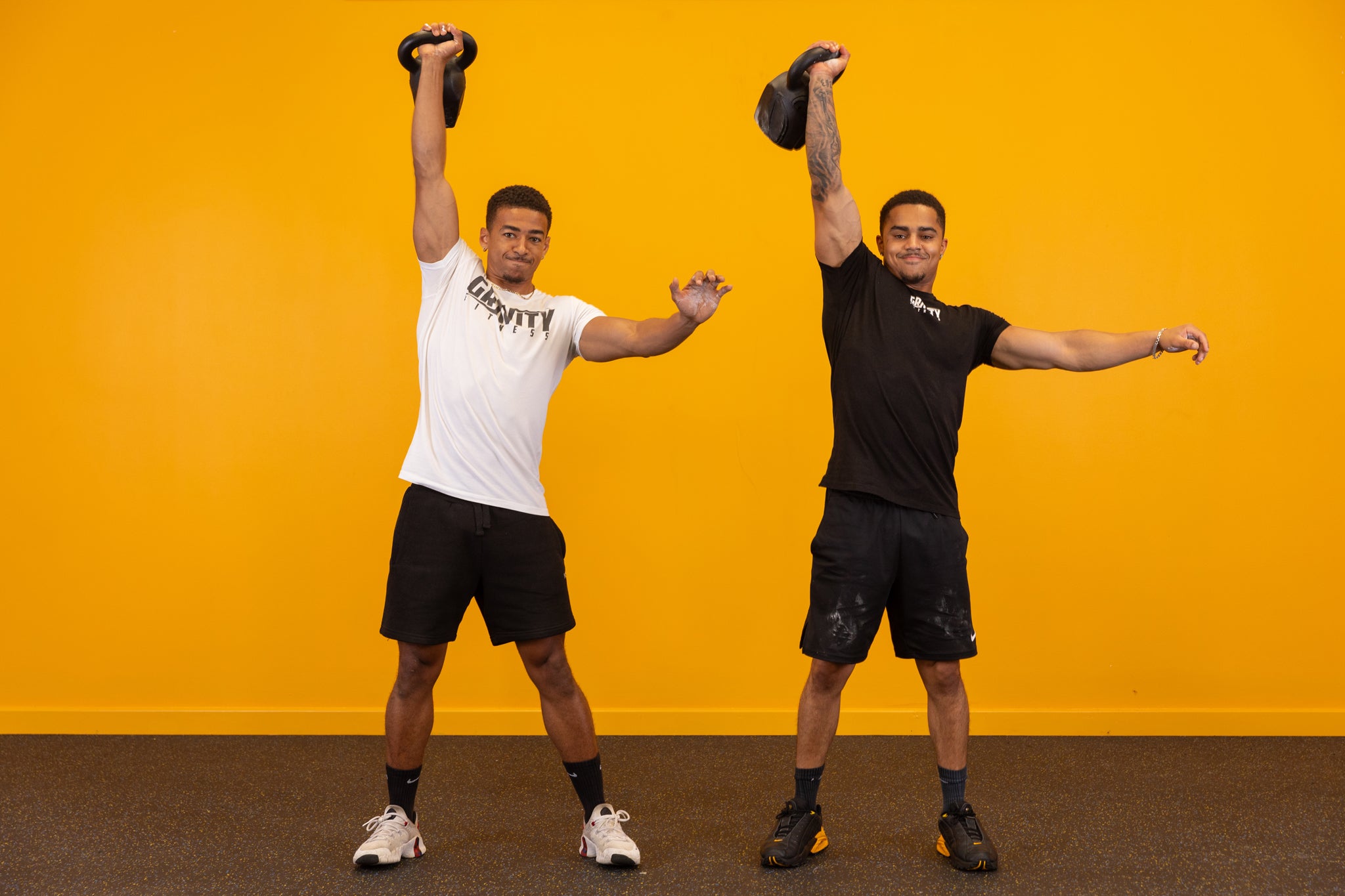
What the fitness industry gets wrong about hybrid training (and how can it bulletproof your progress)
What the fitness industry gets wrong about hybrid training (and how can it bulletproof your progress)
The term “hybrid training” in fitness has been around for a long time, but it’s currently enjoying huge popularity thanks to a new generation of athletes. These hybrid athletes tend to be big, lean, and apparently able to lift massive PRs whilst cranking out impressive mileage.
If these superhuman feats of strength and endurance have left you feeling inadequate, don’t stress. The fact is, the fitness industry has got “hybrid training” twisted.
Let’s look at what hybrid training is – and what it’s not – so you can develop a useful hybrid approach for your own fitness goals.
What does hybrid fitness training mean in 2024?
Hybrid training in the context of fitness has been around for ages. It’s a near-cousin of functional fitness, which is itself a distant relative of good old GPP (general physical preparedness).
Like most of these terms, they get co-opted by big brands and sold back to us as events, online coaching, or training programmes.
What is wrong about hybrid training for fitness
And so we come to the 2024 version of hybrid training. In 2024, hybrid training seems to mean combining two or more training styles that would send most people straight to the physio. Hybrid training these days seems to mean training for a marathon + training for a powerlifting comp. Or training for an ultra-marathon + training to deadlift 110% of your previous PB.
What is the truth about hybrid training in fitness
If the public face of hybrid training has put you off, keep reading. The fact is, “hybrid training” in fitness terms simply means being all-round fit (or as close to it as possible). It’s basically good old fashioned strength and fitness.
Hybrid training should mean training in a well-rounded way that prevents you from getting too stuck in one particular rut. It should tick all the important boxes of any good physical fitness routine: strength/resistance training, endurance/cardio,
Hybrid training variation or specialisation?
The challenge of hybrid training is balancing variety whilst maintaining enough specificity. A typical Strongman athlete will dedicate almost all of their training to Strongman work, because that’s their speciality. A Strongman athlete who’s interested in a hybrid approach needs to work out how to introduce cardio (endurance and speed), mobility work, and accessory work – without impacting their Strongman lifts.
The traditional way to do this would be via periodisation throughout the year, dedicating blocks of time to strength work or competition prep, and other blocks to cardio. Hybrid training aims to keep it all rolling, all year round.
5 benefits of doing hybrid training properly
Hybrid training doesn’t have to be your lifelong approach to fitness. But if you’re not training at elite level, or prepping for a once-in-a-lifetime fitness event, why not reap the benefits?
1 Build muscle and cardiovascular health for better long-term health
2 Reduce the chance of over-use injuries from one training style
3 Try new training styles and sports to keep fitness fun
4 Learn new skills which will challenge your brain and proprioception
5 Fine-tune often overlooked elements of training like balance
How to use hybrid fitness training for every goal
OK, so if hybrid training doesn’t have to mean running 100 miles a week at the same time as maxing out your deadlift, what does it mean?
Step 1: choose a focus. Whilst hybrid training aims to combine all of the most important elements of fitness, it doesn’t mean you should 10 x your training volume. You can’t expect to make progress in every area at the same time. So choose a primary training goal for each 12-week block.
Step 2: set a realistic plan. Hybrid training has to be sustainable, which means keeping an eye on volume and frequency. Start by training 4-5 times a week, and take recovery seriously. Get rid of all junk volume.
Step 3: training and workouts. There are no rules to hybrid training. Broadly speaking, you want to tick the boxes of strength training, endurance training, speedwork or conditioning, mobility, and recovery.
Step 4: enjoy it. Hybrid training is meant to be enjoyable, motivating, and fun. Track your progress, and be prepared to switch up training styles every 12-16 weeks if you reach a goal or want to introduce something new. Don’t fall into the trap of hanging on to every sport or training style you’ve ever done.
Have you tried hybrid training? How do you combine strength training, endurance, conditioning, and recovery?
Check out the Gravity Fitness store for top quality calisthenics kit and functional training equipment to support your hybrid training journey.
































